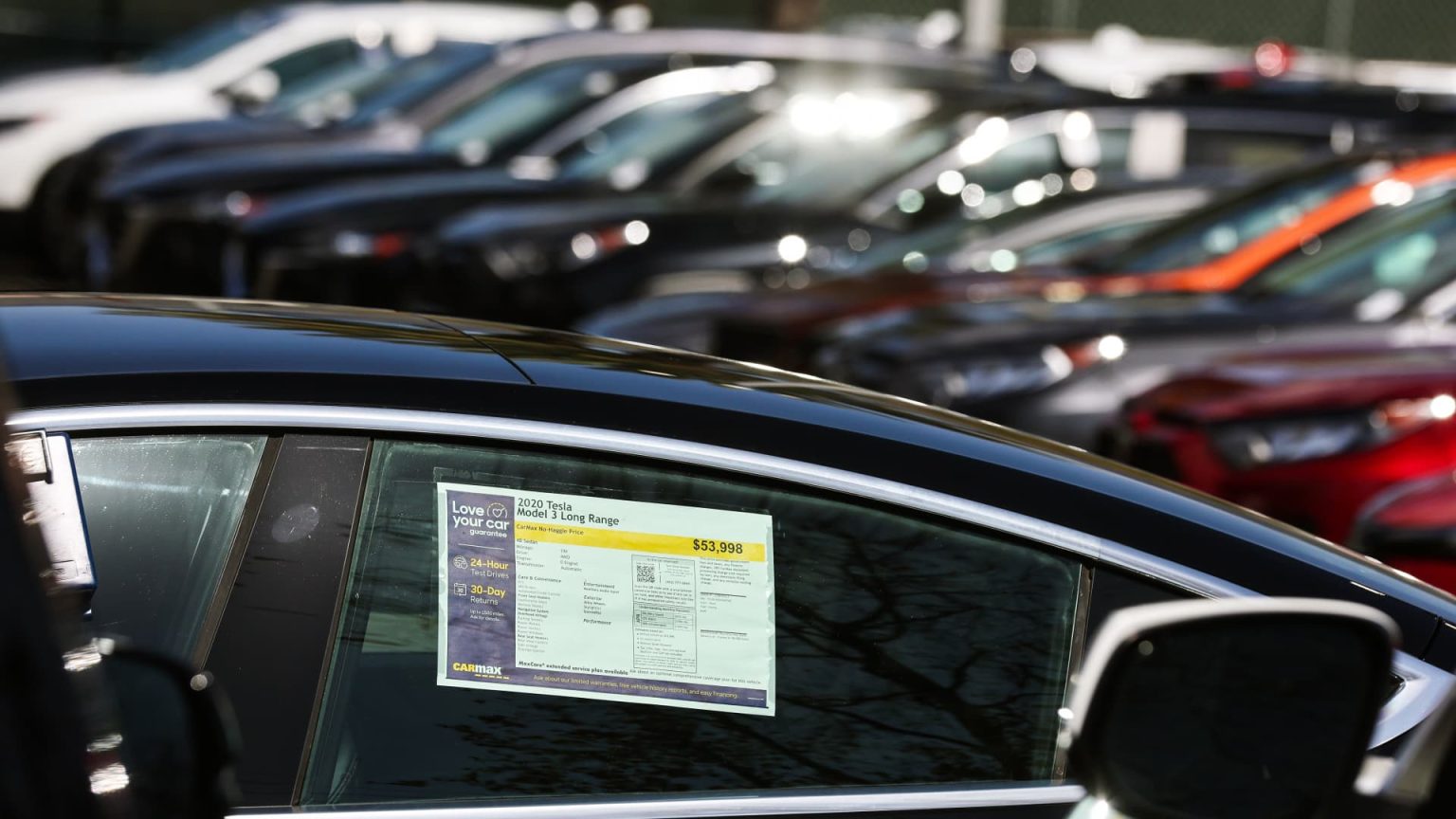The gap between used electric vehicle prices and used gasoline-powered vehicle prices has been widening significantly over the past year. In May 2023, used EVs were on average 8% lower than used gas cars, compared to a 25% price difference in June 2023. This trend reflects a shift in consumer perception, where electric power is now seen as less desirable. This perception change has caused the used EV market to grow, with more people selling their EVs. As more EVs enter the market at lower prices, the segment becomes more accessible to a wider range of potential buyers.
Despite the recent decline in used EV prices, experts believe that falling prices may hinder widespread adoption of EVs. Battery technology is continually improving, allowing for longer ranges and increased battery life. In newer models, batteries are better equipped, with temperature control for charging. The declining value of EV batteries, which account for 30-50% of the vehicle’s value, also contributes to lower prices in the used market. However, EVs have lower overall owner costs, from fuel to maintenance, and owners of used EVs can qualify for federal tax credits.
Tesla CEO Elon Musk has played a significant role in the recent decline of used EV prices by initiating a price war in response to falling demand. Hertz, too, has sold off a portion of its EV fleet at discounted prices. General Motors and Ford have faced challenges with their EV sales, with GM cutting production and Ford rescinding a program that required dealers to make significant EV infrastructure investments. Lack of charging infrastructure remains a barrier to widespread EV adoption, with many auto companies focusing more on hybrid models.
Despite challenges, access to EV chargers in the U.S. is increasing, with over 64,000 publicly accessible charging stations and 176,000 charging ports. However, a majority of Americans still live within two miles of a charger but are hesitant to buy an EV. A Gallup poll found that while ownership of EVs is increasing, serious interest in buying one is declining. The lack of rural charging infrastructure and the overall limited accessibility to chargers are hindrances to broader EV adoption. Overall, while the used EV market may be growing, challenges related to infrastructure and consumer perception remain barriers to widespread adoption of electric vehicles.













